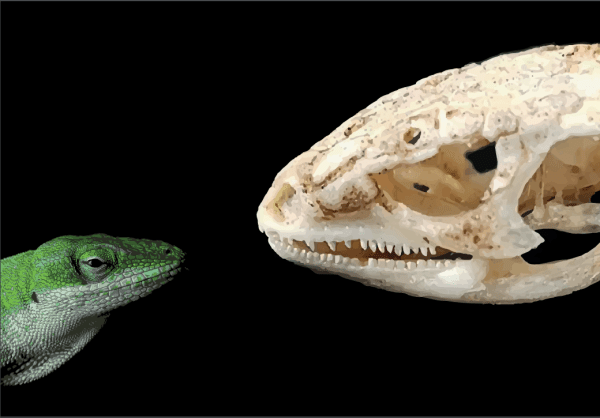Jan 18 2021
Researchers from the University of Granada (UGR) and the Pontifical Catholic University of Chile have shown that thermal tolerance differs quantifiably according to body size in ectotherms—animals whose body temperature mainly relies on environmental temperature (the majority of the animals).
 Small ectotherms will outnumber larger ones in a global warming scenario. Image Credit: Ignacio Peralta-Maraver.
Small ectotherms will outnumber larger ones in a global warming scenario. Image Credit: Ignacio Peralta-Maraver.
The team has successfully explained why ectotherms are decreasing in size due to global warming. Published in the Nature Climate Change journal, the researchers’ study provides the first reasonable physiological description for the general reduction in the size of the observed organism caused by global warming.
Increasing temperatures result in metabolic limitations that hinder the growth—that is, the animals cannot grow to reach their larger sizes.
The lead author of the study, Ignacio Peralta-Maraver, has recently joined the Department of Ecology at the UGR as a “Juan de la Cierva” Research Fellow and will advance his study within the “Modeling Nature” Unit of Excellence.
Ectotherms, a group that includes the vast majority of animals, more or less depend on the ambient temperature to regulate their metabolism. For this reason, the enormous range of body sizes they present is surprising (about 12 orders of magnitude, from micrograms to tonnes), relative to the temperature range in which life develops (mostly between 0 °C and 40 °C).
Ignacio Peralta-Maraver, Study Lead Author, Department of Ecology, University of Granada
“Given that metabolism increases proportionally with size, how are animals of such disparate scales going to cope with global warming?” added Peralta-Maraver.
After examining hundreds of museum collections and scientific papers for almost three years, the team has obtained 637 empirical measurements of size and thermal tolerance among a wide range of species, such as reptiles, fish, amphibians, arthropods, annelids, and mollusks.
By using this information and also considering both the intensity and time of the thermal stress to which the organisms were subjected, the team has developed an equation that helps measure the thermal tolerance of ectotherms.
This equation reveals that large and small animals respond differently to thermal stress as a result of the interaction between size and thermal sensitivity. Thus, smaller animals have a greater tolerance to extreme heat than larger ones, but their survival rate declines sharply, the longer their exposure to heat, which reduces the differences in endurance over long periods of exposure.
Ignacio Peralta-Maraver, Study Lead Author, Department of Ecology, University of Granada
This breakthrough holds significant ecological implications, as it helps gain a better understanding of how ectotherms will react to global warming. Moreover, by utilizing the coefficients of their new equation, the researchers have rectified the limitations of thermal tolerance that were earlier estimated for natural populations worldwide, alerting about a large overestimation generated by conventional forecasting techniques.
Moreover, by integrating this latest analytical framework with proven equations from metabolic theory, the UGR scientist, along with the Chilean researcher Enrico L. Rezende, has mathematically illustrated that metabolic limits also scale with size. Due to the growing size, death caused by thermal stress takes place at a lower metabolic rate in comparison to rest at a non-stressful temperature.
This means that relatively large animals will see their development and growth capacity compromised due to the effects of climate warming.
Study Authors, University of Granada
Journal Reference:
Peralta-Maraver, I & Rezende, E L (2021) Heat tolerance in ectotherms scales predictably with body size. Nature Climate Change. doi.org/10.1038/s41558-020-00938-y.